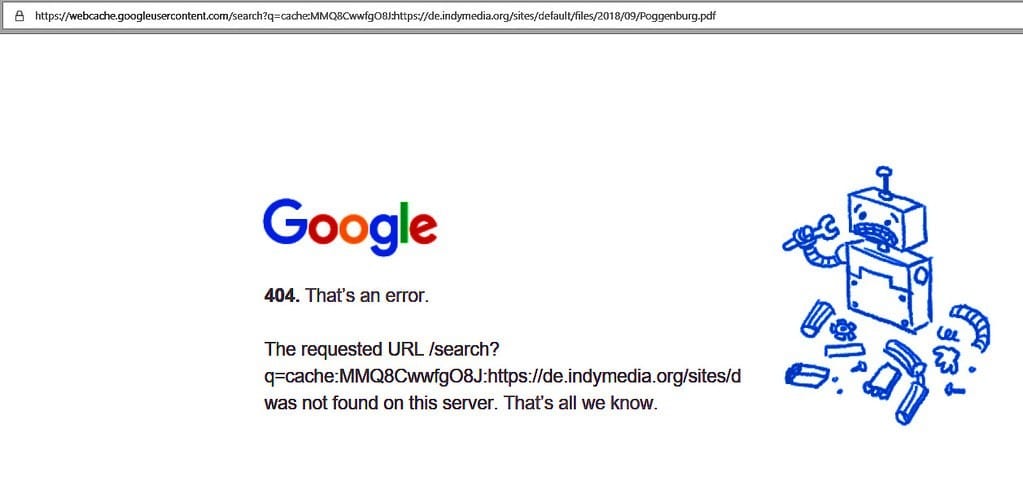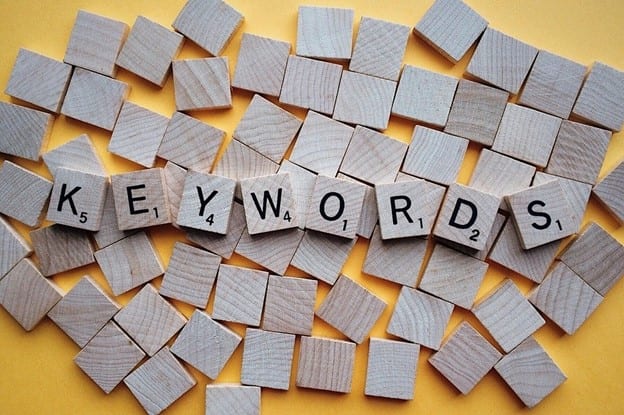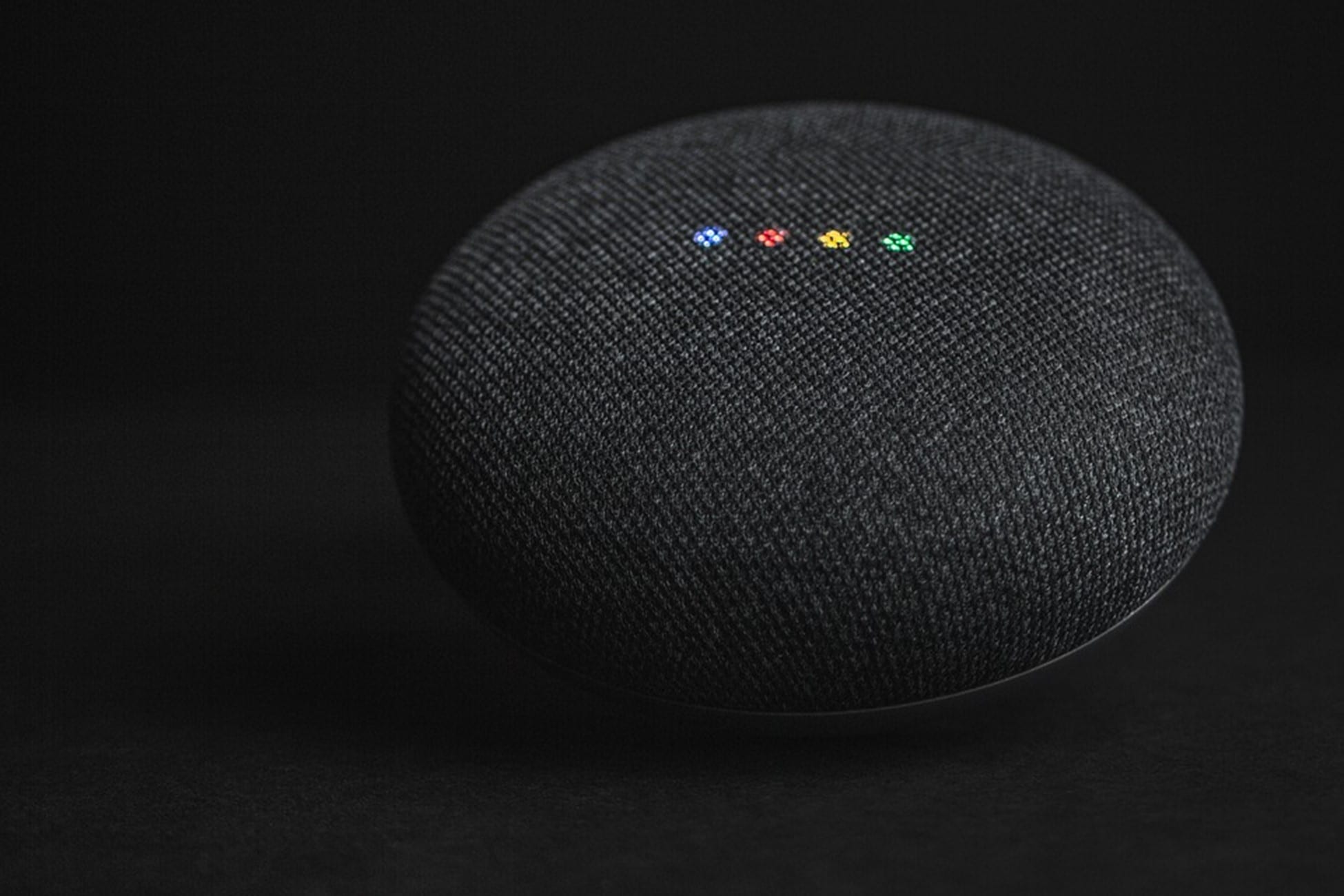What Does the 404 Error Mean?



A 404 page is an error page which is seen by a user after they attempt to visit a web page which never existed on your website. The server displays this page after it is unable to find the user’s requested URL. There are a lot of solutions to manage the 404 errors and how they affect your SEO. Keep in mind that it is quite hard to remain 404-free. 404 errors can be mainly divided into four types.
1. Live Site Errors
Live site errors are perhaps the most unlikable 404 errors. Such an error greets you via a live website after a web page is linked to an incorrect href or when a web page is eliminated, but its link remains intact. The reason these errors are not well-liked is because they have a negative impact on the usability and user experience of the website. In case your website has such an issue, you should contact a reliable SEO professional and get them resolved.
2. Old Links Errors
Such errors occur when there are available links that have non-existing web pages, or a web page is bookmarked by a user which no longer exists. Consequently, they are not only bad for user experience, but they have a bad impact on the SEO as well; sometimes, they are a product of another website’s quality link. In case the destination of the link is a 404, it does not do much for your linking strategy because you need the links for your website.
3. URL Malformation
This is one of the most common cases. Many users mistype a link’s URL, attempt to type a non-existing link or click hit up an email’s link which has been composed of two lines daily. Such an issue should not concern you much as Google is strict with reporting. In case the URL never existed in the first place, and a quality link source does not refer to it, you can simply forget about it. Just have a look at any website’s server log, and you will find plenty of similar examples. Thus, keep in mind that it is one of the least threatening errors.
4. Systemic Errors
In case, the number of your 404 errors continues to increase; it is a fair possibility that something is amiss. Usually, this is because of a systemic error in the code. One of the reasons behind this can be an XML sitemap which is responsible for affecting your URLs badly. It is also possible that your code has something wrong, which is forcing repeated 404 errors after invalid URLs are generated randomly. Regardless, this means that your code requires some tinkering.
301 or 302 redirects are not good for your SEO. Instead, there is a better solution for your 404 errors: check the next post to find out what to do with your 404 error pages.






